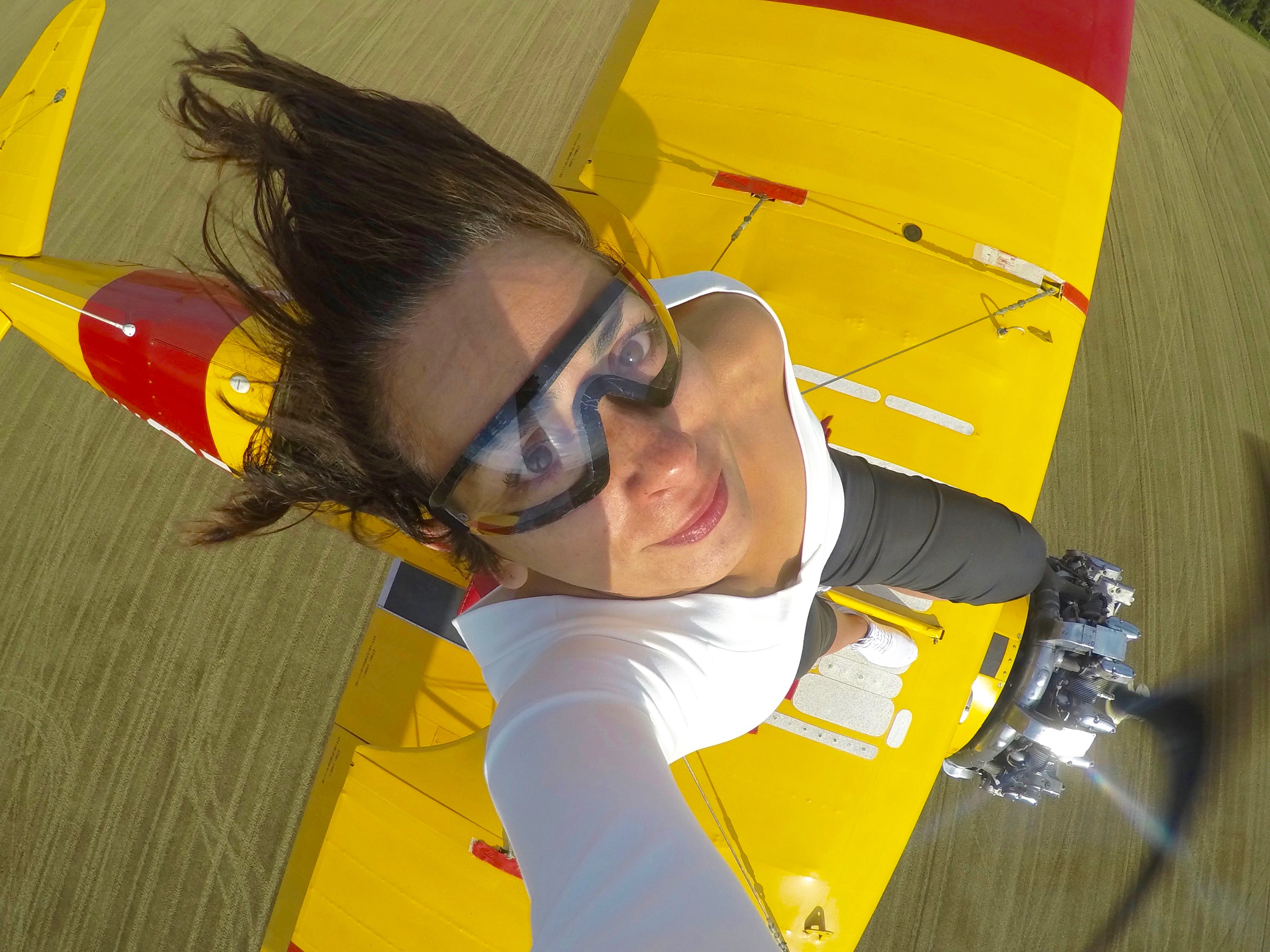
We all have to give and receive feedback at work and also in our relationships – either professional or personal. It is an effective and healthy way to check where we are at and where we need to go in order to improve. At the receiving end, we can use feedback to bolster our strengths and learn from our mistakes. When we are giving feedback to someone else, it’s a great opportunity for us to learn how to engage and motivate them and help them to be a better version of themselves.
So how can giving feedback be a positive experience even if the content includes (constructive) criticism? The following 6 points could help do just that.
- What’s the intention
In my view, everything should start with setting an intention. What is the intention for the feedback? What are we trying to achieve? What actions need to be done in order to get to the goal? If we have a clear intention, it helps us to focus and not stray off course onto unrelated topics.
- Specific
We want to avoid feedback that leaves people confused and in the dark as to what aspect of their work/ behaviour needs to be corrected. Using clear and concise language to avoid misunderstandings, we can point to specific areas where improvement is needed or to praise. Generalisation is fine as a starter but needs to be backed with specific points – both positive and negative.
- Observable
We need to identify why an action is praised or criticised. Using observable actions, thoughts, behaviour etc. we can back our remarks, thus giving the feedback authenticity.Specific points will have observable consequences.
- Timely and ongoing
It is much more effective to give feedback when an issue has risen or a specific work deserves praise. If we wait for a formal “review” date, the point could get forgotten, become irrelevant or worsen.Ongoing feedback insures that everyone stays on track. Minor adjustments are easier to make than having to put to right months of mistakes and misunderstandings.
- Positive and developmental
The most empowering feedback is when there is trust and transparency on both sides. In order to gain trust, we need to show that we have listened and understood the other. This will help us to have compassion in the way we deliver/ receive feedback and see it in a positive light. The best practice is to always include something positive and when giving constructive criticism, focus on constructing developmental strategies and clearly show where the goal needs to be set. Being transparent about what does and doesn’t worked will help personal development.
- Focus on behaviour
Feedback should always focus on what the person is doing – their behaviour – and not on who they are being – their character or personality. Behaviour can be changed. Personality traits can’t.When giving negative feedback, suggest alternative behaviours and avoid terms that could be perceived as a personal attack. We can reinforce good behaviour by being an inspirational model.

If we encourage daily self-reflection amongst our team, we can be a lot more aware of our own performance. This could be enhanced with the help of an effective feedback, therefore contributing to the growth of the organisation as a whole, making us a well-oiled cog turning a high-performance machine.

